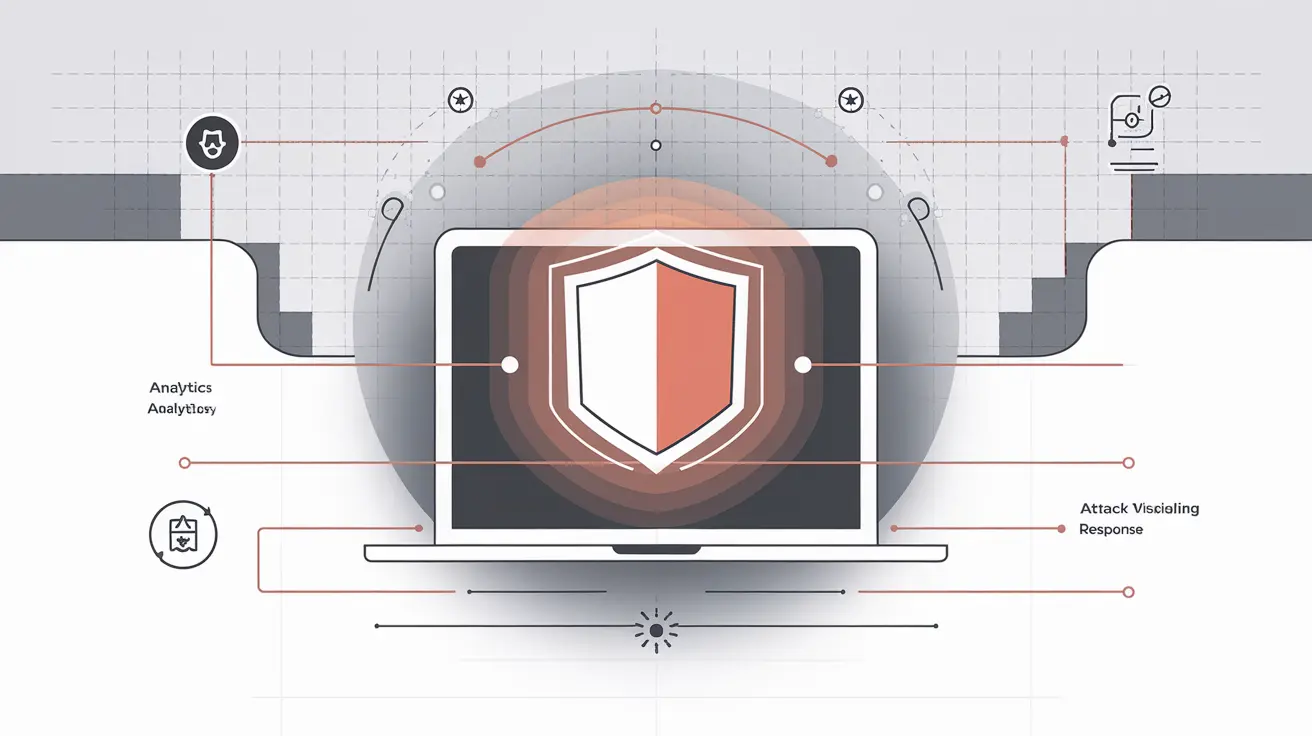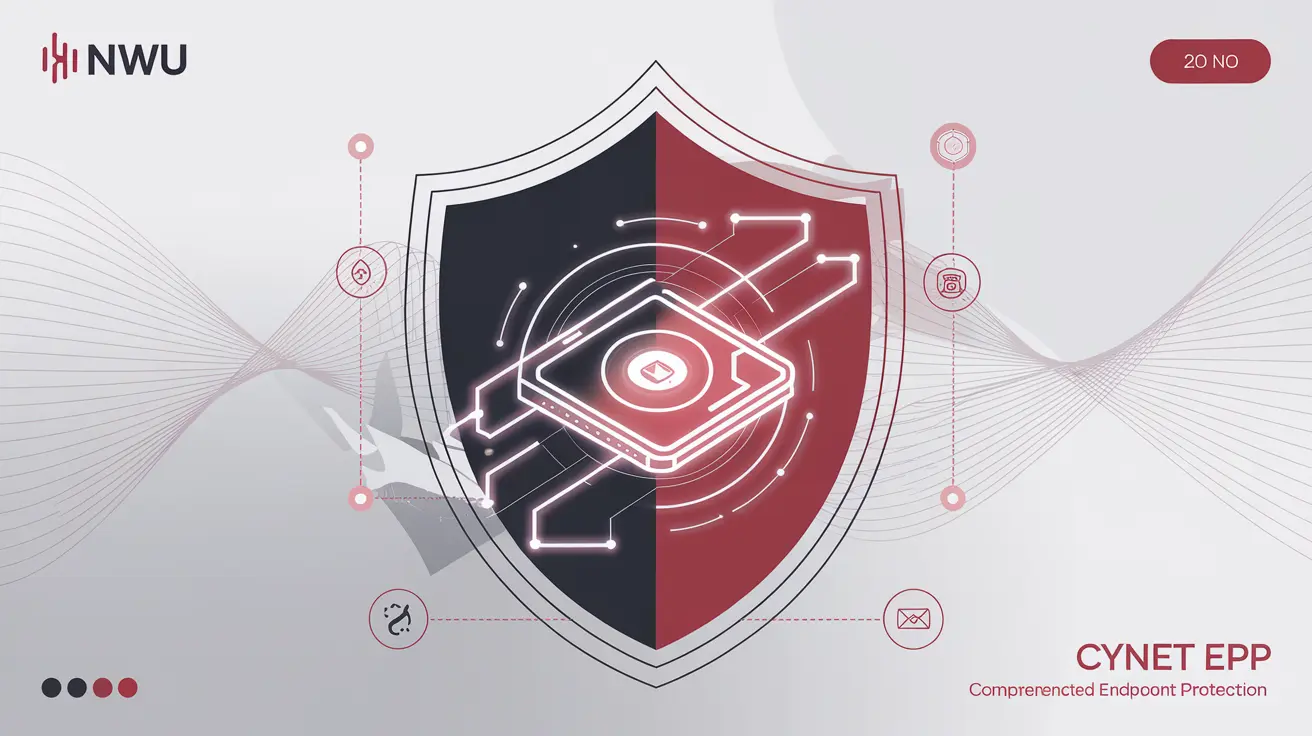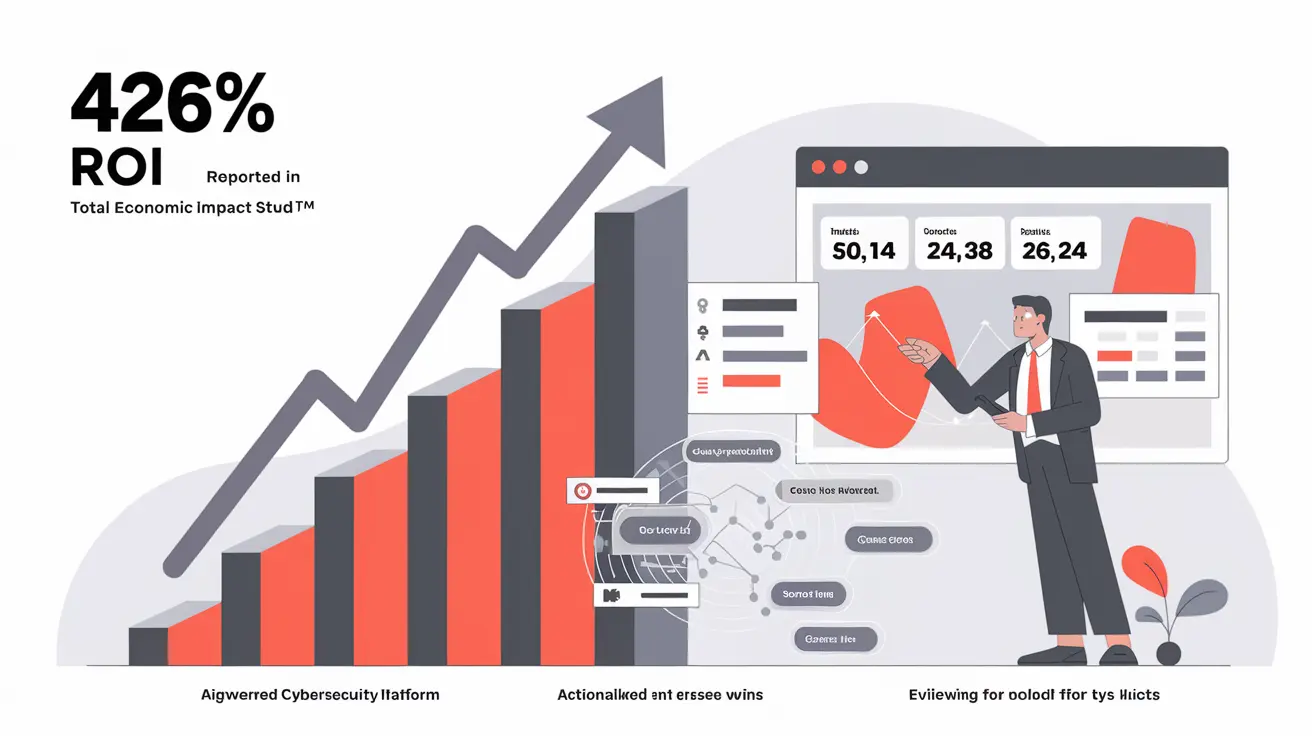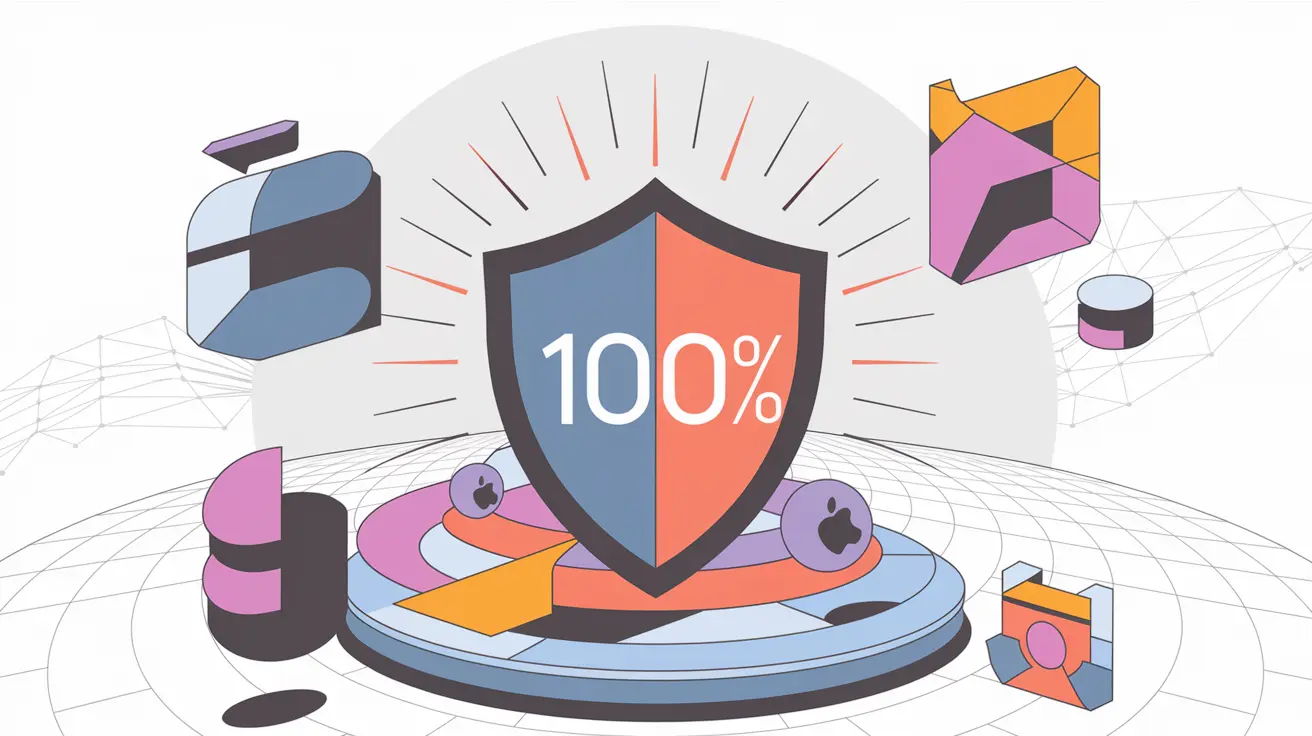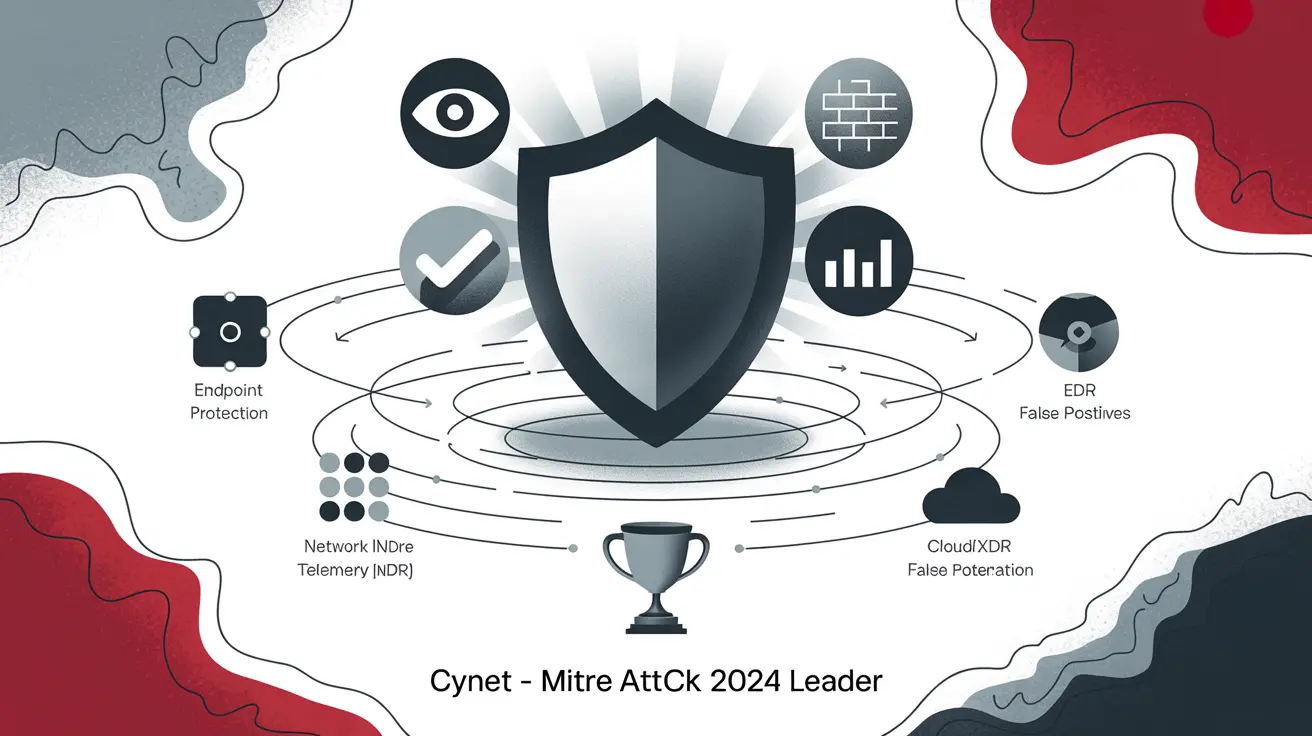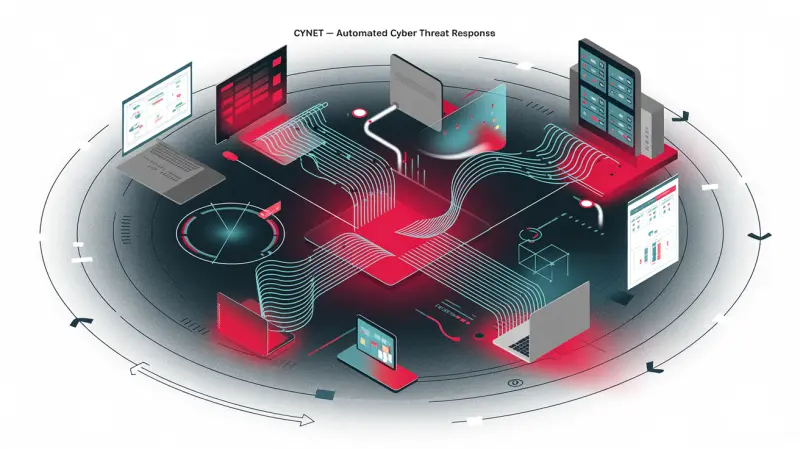
In today’s digital landscape, cyber threats are becoming increasingly sophisticated and rapid. A quick and effective response to security incidents is a critical task for any organization. In this context, Cynet’s solutions, especially its automated response platform, offer a comprehensive and effective approach to protecting against a wide range of cyber threats. This user guide will introduce you to the capabilities of Cynet and help you effectively apply them to ensure the security of your infrastructure.
Full Spectrum Protection: Getting to Know Cynet
Cynet offers a unified cybersecurity platform that combines tools for preventing, detecting, and automatically responding to threats. Unlike disparate solutions that require complex integration and management, Cynet provides a single console for monitoring and controlling all aspects of security. This significantly reduces incident response time and improves overall protection effectiveness.
Key benefits of the Cynet platform include:
- Comprehensive Approach: Cynet combines EDR (Endpoint Detection and Response), NDR (Network Detection and Response), UBA (User Behavior Analytics), and deception technology in a single platform.
- Automation: Cynet automates most processes related to threat detection and response, reducing the burden on security specialists.
- Ease of Use: An intuitive interface allows you to quickly master the platform and start effectively using its capabilities.
- High Detection Accuracy: Cynet uses advanced machine learning and analytics algorithms to identify even the most complex threats.
Cynet Automated Response: How It Works
Cynet Automated Response is built on the principle of SOC-as-a-Service (Security Operations Center as a Service), providing organizations with 24/7 monitoring and incident response capabilities without the need to build their own security center.
The Cynet platform uses a combination of different technologies to automatically detect and respond to threats. Here are the main components:
- Endpoint Sensors: installed on all devices on the network (computers, servers, laptops) to collect data about processes, network traffic, and user behavior.
- Network Sensors: analyze network traffic to identify suspicious activity.
- Analysis Mechanisms: use machine learning and behavioral analysis to identify anomalies and suspicious activity.
- Cynet SOAR Automated Response Mechanisms: automatically perform threat neutralization actions based on configured rules and security policies.
Key Automated Response Scenarios with Cynet
Cynet allows you to automate responses to a wide range of threats. Here are a few examples:
- Malware Detection: When a malicious file is detected, Cynet can automatically isolate the infected system from the network, remove the malicious file, and notify the security administrator.
- Detection of Suspicious User Activity: If a user’s behavior deviates from the norm (e.g., logging into the system during off-hours or accessing confidential data), Cynet can automatically lock the user’s account or require additional authentication.
- Network Attack Detection: When network intrusion attempts are detected, Cynet can automatically block suspicious traffic and notify the security administrator.
- Responding to Phishing Attacks: Cynet can analyze emails for signs of phishing and automatically block suspicious messages.
Setting Up Automated Response in Cynet
Setting up automated response in Cynet involves several steps:
- Define Security Policies: It is necessary to determine which threats should be automatically blocked and which require manual approval.
- Configure Response Rules: For each threat, you need to configure rules that determine what actions should be performed automatically.
- Testing and Optimization: After configuration, you need to test the response rules to ensure their effectiveness and avoid false positives.

Effective Security Log Analysis with Cynet
Cynet security log analysis is an important step in maintaining reliable infrastructure protection. Cynet provides tools for collecting, storing, and analyzing security logs from various sources, including endpoints, network equipment, and cloud services. These logs contain valuable information about security events that may indicate the presence or possibility of cyber threats.
Log Analysis Capabilities in Cynet
Cynet offers the following log analysis capabilities:
- Centralized Log Collection: Cynet collects logs from all protected devices and systems into a single centralized repository.
- Log Normalization and Correlation: Cynet automatically normalizes and correlates logs from different sources, simplifying their analysis.
- Search and Filtering: Cynet provides powerful log search and filtering tools, allowing you to quickly find the information you need.
- Data Visualization: Cynet offers graphical representations of log data, making it easier to identify patterns and anomalies.
- SIEM Integration: Cynet can integrate with existing SIEM systems to transmit log data and analysis results.
Practical Tips for Cynet Security Log Analysis
Follow these tips for effective Cynet security log analysis:
- Identify Priority Log Sources: Select the most important log sources that contain the most valuable security information.
- Set Up Alerts: Set up alerts for suspicious events to respond quickly to threats.
- Automate Analysis: Use Cynet tools to automatically analyze logs and identify anomalies.
- Conduct Regular Checks: Regularly review logs to identify potential security issues.
- Integrate with Other Tools: Integrate Cynet with other security tools, such as SIEM and threat intelligence feeds, for a more complete picture of threats.
Typical Log Analysis Errors
Avoid these common errors when analyzing logs:
- Ignoring Logs: Do not neglect log analysis, even if you do not suspect a compromise.
- Lack of Centralized Collection: Collecting logs from disparate sources makes their analysis difficult and ineffective.
- Too General Analysis: Do not limit yourself to general log analysis, delve into the details to identify hidden threats.
- Lack of Automation: Manual log analysis is time-consuming and prone to errors.
- Outdated Data: Outdated log data may be incomplete or inaccurate.
Cynet Step-by-Step Guide: From Installation to Operation
This Cynet instruction will help you step-by-step through all stages – from installation and configuration to effective operation of the platform to protect your organization.
- Installing Cynet Agents on Endpoints:
- Download the installation package: it can be found on the Cynet control panel.
- Deploy agents on all devices: use Group Policies (GPO), configuration management systems (e.g., SCCM), or other deployment tools.
- Verify successful installation: Check the status of the agents in the Cynet control panel.
- Configuring Network Monitoring:
- Deploy Network Sensors: Choose suitable deployment locations in your network to ensure maximum coverage.
- Configure Monitoring Rules: Determine what traffic needs to be analyzed and configure the appropriate rules.
- Check Sensor Operation: Make sure the sensors are collecting and transmitting data to Cynet.
- Configuring Automated Response Rules:
- Review the pre-installed rules: Cynet provides a set of pre-installed response rules for common threats.
- Configure or create new rules: Adapt existing rules or create new ones to suit your needs.
- Test the rules: Check the operation of the rules in a test environment to ensure their effectiveness and avoid false positives.
- Analyzing Logs and Reports:
- Regularly review logs and reports: Monitor security events and identify suspicious activity.
- Use search and filtering tools: Quickly find the information you need in the logs.
- Set up alerts: Receive notifications about important security events.
- Staff Training:
- Train security specialists: Provide them with the knowledge and skills necessary to work effectively with Cynet.
- Conduct cybersecurity training for all employees: Raise awareness of cyber threats and teach precautions.
By following this guide, you can effectively use Cynet to protect your organization from cyber threats.
Optimizing Cynet Usage for Maximum Protection
To get the most out of the Cynet platform, you need to constantly optimize its operation and adapt it to changing conditions. Here are a few tips:
- Regularly Update Cynet Agents: Updates contain bug fixes and new features that improve security.
- Configure Integration with Other Security Systems: Integration with SIEM, threat intelligence feeds, and other systems provides a more complete picture of threats.
- Conduct Regular Security Audits: Identify weaknesses in your protection and take steps to eliminate them.
- Monitor New Threats and Adapt Response Rules: Cyber threats are constantly evolving, so you need to constantly update your knowledge and adapt response rules.
- Use the Capabilities of Machine Learning and Artificial Intelligence: Cynet uses machine learning and artificial intelligence to automatically detect and respond to threats. Make sure these features are enabled and configured correctly.
Implementing and using the Cynet solution is an investment in your organization’s security. By following the recommendations in this guide, you can maximize the effectiveness of Cynet to protect against cyber threats and ensure business continuity. Modern digital threats require modern solutions, and Cynet provides just such a comprehensive and automated approach to cyber defense.
FAQ: Cynet - Automated Cybersecurity Protection for Business
-
What is Cynet and what are its main benefits?
Cynet is a unified cybersecurity platform that combines tools for prevention, detection, and automated response to threats. Key benefits include a comprehensive approach (EDR, NDR, UBA, deception technology), automation, ease of use, and high detection accuracy.
-
How does Cynet's automated response work?
Cynet's automated response is built on the SOC-as-a-Service principle and utilizes sensors on endpoints and the network, analysis mechanisms (machine learning and behavioral analysis), and Cynet SOAR automated response mechanisms to neutralize threats based on configured rules.
-
What are the main automated response scenarios supported by Cynet?
Cynet can automate responses to malware, suspicious user activity, network attacks, and phishing attacks, automatically isolating systems, blocking accounts and traffic, and removing malicious files.
-
How do I configure automated response in Cynet?
Configuration involves defining security policies, setting up response rules for each threat, and testing and optimizing these rules to prevent false positives.
-
Why is security log analysis important in Cynet and what capabilities does it provide?
Security log analysis is important for maintaining robust infrastructure protection. Cynet provides tools for centralized log collection, normalization and correlation, searching and filtering, data visualization, and integration with SIEM.
-
What practical tips can be highlighted for Cynet security log analysis?
Identify priority log sources, configure alerts, automate analysis, conduct regular audits, and integrate Cynet with other security tools.
-
What typical mistakes should be avoided when analyzing security logs?
Avoid ignoring logs, lack of centralized collection, overly general analysis, lack of automation, and use of outdated data.
-
What are the main steps for installing and operating Cynet?
The main steps include installing Cynet agents on endpoints, configuring network monitoring, configuring automated response rules, analyzing logs and reports, and training personnel.
-
How to optimize Cynet usage for maximum protection?
Regularly update Cynet agents, configure integration with other security systems, conduct regular security audits, monitor new threats and adapt response rules, and leverage machine learning and artificial intelligence capabilities.
-
What components are included in the Cynet platform?
Endpoint sensors, network sensors, analysis mechanisms, and Cynet SOAR automated response mechanisms.
